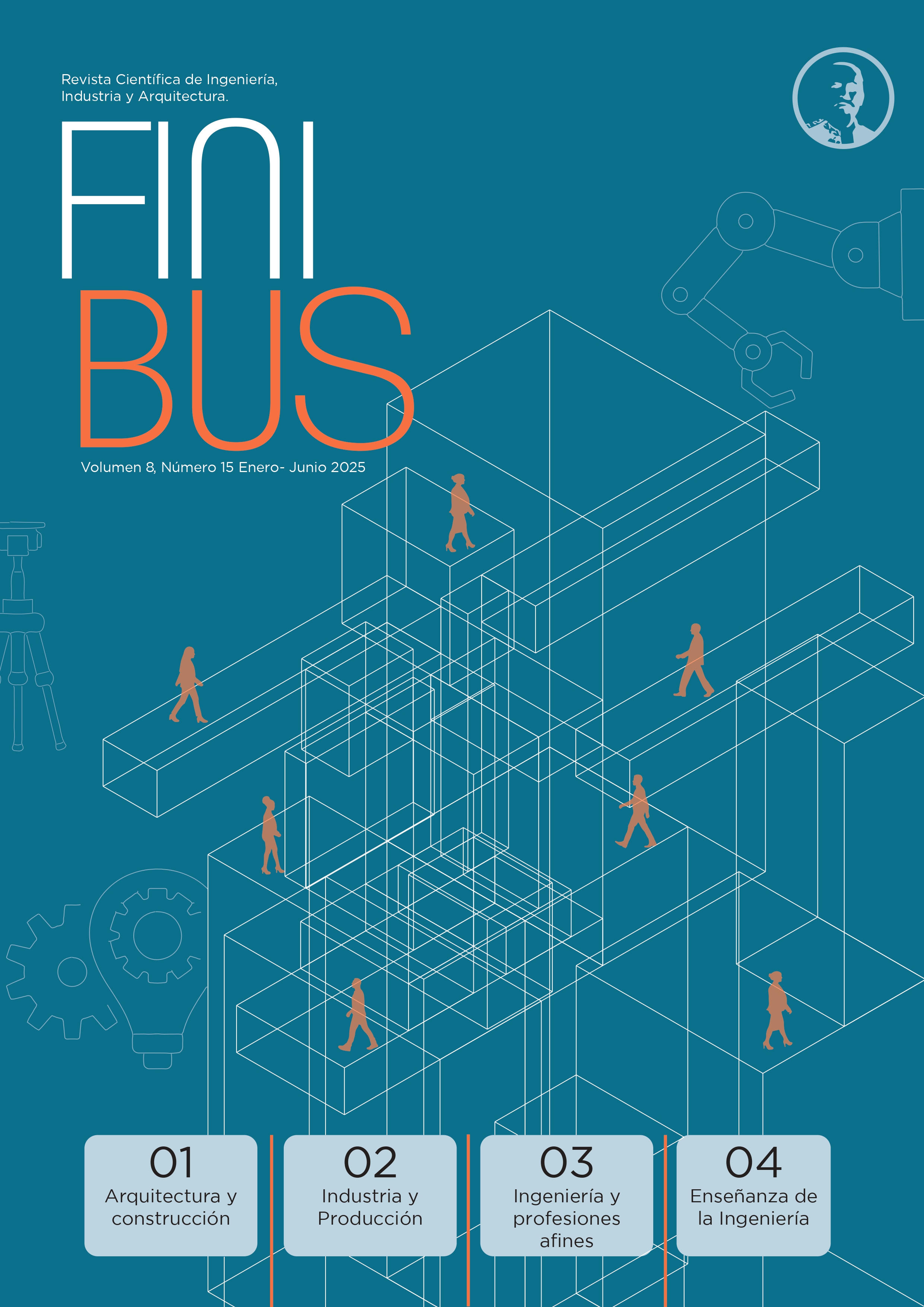RESILIENT AND SUSTAINABLE INDICATORS OF THE BSC THROUGH ANALYTICS NETWORK
Keywords:
Sustainable Indicators, Analytics Netoworks, BSCAbstract
Currently, the rivalry and sectorization of certain products mean that having a competitive advantage, no matter how minimal, means being one step ahead of the competition, however, managing said advantage is not done overnight. morning. The birth of new beer proposals in the country is becoming more and more frequent, thanks to the tendency to avoid consumerism, many people choose to choose ours, and others at the same time because they have been instructed that at the same time they begin to appreciate the great differences that they exist in enjoying a beer made with native products of the sector, to another beer that is made in large production lines that in turn moves many masses; however, the price is what stands out the most and differs from both.
Keywords: Sustainable Indicators, Analytics Netoworks, BSC.
Downloads
References
Biasca, R. (2002). Performance Management: Los diez pasos para construirlo. Buenos Aires.
Bobes, J. (2010). Revista de Psiquiatría y Salud Mental: Introducción. Revista de Psiquiatría y Salud Mental, 3(SUPPL. 1), 1. https://doi.org/10.1016/S1888-9891(10)70007-0
Carmona-Torres, C., Parra-López, C., Hinojosa-Rodríguez, A., & Sayadi, S. (2014). Farm-level multifunctionality associated with farming techniques in olive growing: An integrated modeling approach. Agricultural Systems, 127(May 2014), 97–114. https://doi.org/10.1016/j.agsy.2014.02.001
Grajales Alberto, Serrano Edgar, H. C. (2015). Los métodos y procesos multicriterio para la evaluación. Luna Azul, 40, 285–306. https://doi.org/10.17151/luaz.2015.40.2
Kaganski, S., Majak, J., Karjust, K., & Toompalu, S. (2017). Implementation of Key Performance Indicators Selection Model as Part of the Enterprise Analysis Model. Procedia CIRP, 63, 283–288. https://doi.org/10.1016/j.procir.2017.03.143
Kaplan, R. S., & Norton, D. P. (2009). La vinculación de los indicadores del cuadro de mando integral. El Cuadro de Mando Integral: The Balanced Scorecard, 187–208. https://core.ac.uk/download/pdf/90646972.pdf
Saaty, T. L. (1999). Fundamentals of the analytic network process. Proceedings of the ISAHP 1999, 1–14. https://doi.org/10.1007/s11518-006-0158-y
Sánchez-Zamora, P., Gallardo-Cobos, R., & Ceña-Delgado, F. (2017). Análisis de los factores de resiliencia en territorios rurales de Andalucía mediante técnicas de Proceso Analítico en Red (ANP). ITEA Información Técnica Económica Agraria, 113(1), 68–89. https://doi.org/10.12706/itea.2017.005
Selmeci, A., Orosz, I., & Orosz, T. (2012). Key Performance Indicators used in ERP performance measurement applications. Subotica: IEEE 10th Jubilee International Symposium on Intelligent Systems & Informatics.















